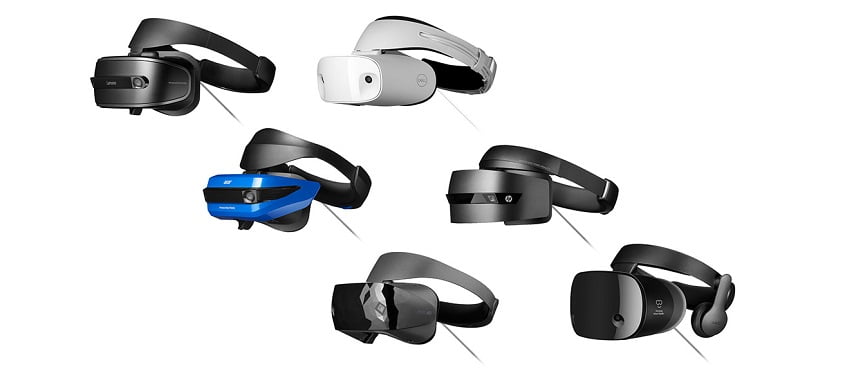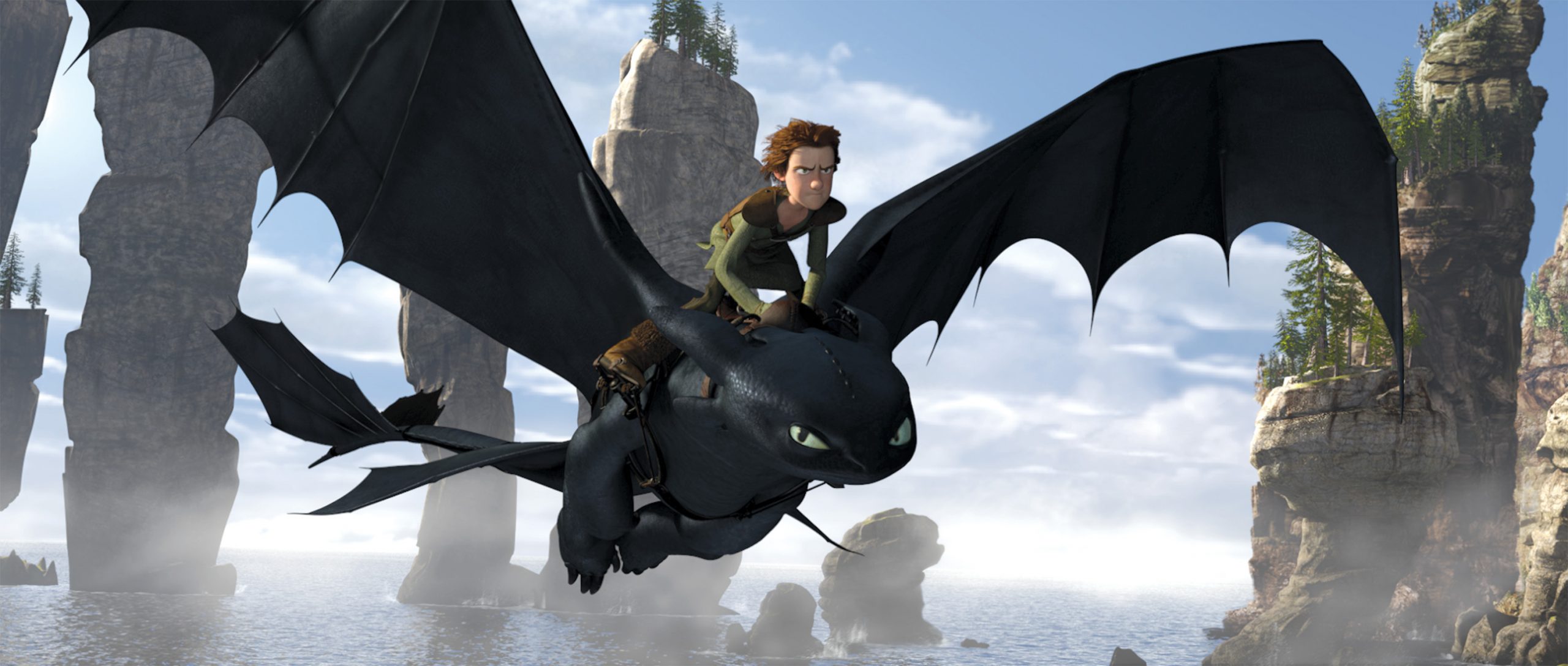Cheaper, more ergonomic, more efficient. Let's discover the improvements brought by these new virtual reality headsets available during the month of October.
Microsoft took advantage of its presentation of the upcoming update of Windows 10 to talk about its work on a whole new generation of virtual reality headsets. Five manufacturers took part in this partnership. Each of these helmets has a similar technology and the difference is mainly on comfort. Welcome to "Mixed Reality".
https://www.youtube.com/watch?v=0AWhsBNU1jU
A completely redesigned Windows for interaction with the headset
The next update (always free) of Windows 10 will bring an environment entirely designed for these devices. It is a real virtualized Windows in the form of an apartment or house that will be displayed in the headset. Web pages wandering on the walls, virtualized objects everywhere. Microsoft thinks big. The interface uses the principle of the Hololens that transforms the walls of your living room into an office. In addition to the operating system itself, it is also the ease of use of the headsets that is reviewed. Natively managed by Windows, the headsets will not require the installation of any driver ! It will be possible to use a lot of peripherals such as the keyboard-mouse. Or the Xbox gamepad or the new manual controllers sold with the headsets. It will soon be compatible with SteamVR games.
Ergonomics: the strong point of this new generation
The headset is very easy when it comes to installation. Plug it in, put it on your head and off you go! Indeed, these headsets do not require the installation of any particular software . We will also note a very pleasant additional surprise. No need for cameras or probes of any kind. Indeed, the headset and controllers work thanks to another technology from the Hololens headset. We can also mention the mounting system which is very similar to the Playstation VR. This is a ring that distributes weight over the back of the head. The novelty here is in the possibility of tilting the mask in the air without removing the front ring, very practical when you need to look at your desk.

Performance
The headsets have two screens with a resolution of 1440×1440 pixels. That's 40% sharper than their ancestors the HTC vive and the Oculus Rift while offering a larger field of view in height. Such an increase in resolution, however, will require more powerful computers. However, it is quite possible to optimize applications to run at a less greedy rate. All headsets are equipped with two front cameras that allow, if you feel like it, to look through the helmet. But their interest lies mainly in the fact of being able to operate the joysticks without any external sensor. The connection is classic since it is composed of an HDMI socket and a USB port. Some headphones offer their own headphones like the Samsung Odyssey. The others offer a jack to connect your own headphones. The latter has the advantage of having a slightly wider ALMOLED screen.

A virtual reality technology finally credible?
Personally, I would tend to say yes. We are in what will be done best for a long time. The entrance fee is 450 €, which makes it a technology accessible to the general public. The screen is now detailed enough not to look unpleasant to the eye. App availability is rich enough to appeal to all tastes; Whether for video games or more classic entertainment such as video games or watching movies. The controllers are not as precise as on the HTC vive but allow to cover very largely the needs for the game. And the fact that five famous manufacturers have joined forces with this project shows its long-term reliability.







































